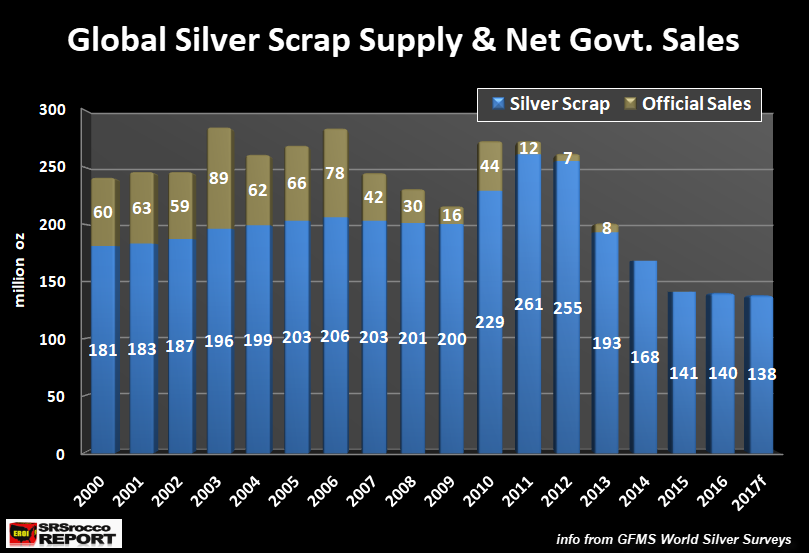Virtually no investor studies history and the few who do always think it is different today. The most important lesson is that people never learn. If they did, they wouldn’t be invested in a stock market that on any criteria is now at a bubble extreme. And they wouldn’t be invested in a global debt market which has grown exponentially in recent decades and which will become worthless in the next few years as debtors default. Nor would anyone hold paper money which is down 97-99% in the last 100 years and which is guaranteed to soon fall the final bit to take the value to zero.
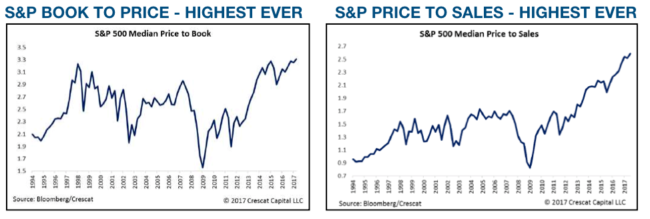
The history of money clearly illustrates that “Plus ça change, plus c’est la même chose” (the more it changes, the more it is the same thing). The most constant factor in the history of money is the cycle of boom and bust or euphoria and despair. Cycles are part of nature just like the change of seasons.
But throughout history, mankind has always believed that they know better than previous generations and can eliminate the cycle of boom and bust. This is what the British prime minister Gordon Brown proudly declared before the economy collapsed in 2007. And the Nobel Prize winner in Economics, Paul Krugman, also believes that eternal prosperity can be generated by creating endless debt and printing unlimited money.
But history has time and time again turned hubristic know-it-alls into humbled has-beens.
FOR 6,000 YEARS GOLD HAS OUTLIVED ALL CURRENCIES
Whenever mankind has deviated from sound money, the consequences have without fail been catastrophic. The only money which has survived since it first came into use around 6,000 years ago is gold. All other money has been destroyed by greed and economic mismanagement. I believe I have quoted Voltaire for over 20 years and will continue to do so: “Paper Money Eventually Returns to its Intrinsic Value – ZERO”.
…click on the above link to read the rest of the article…


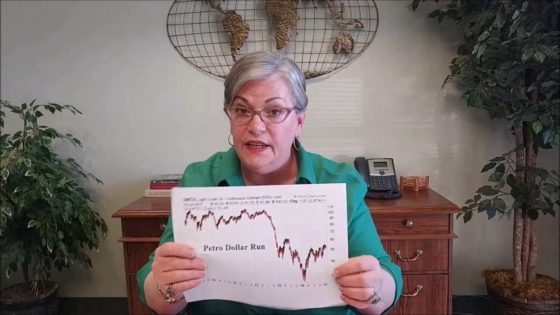




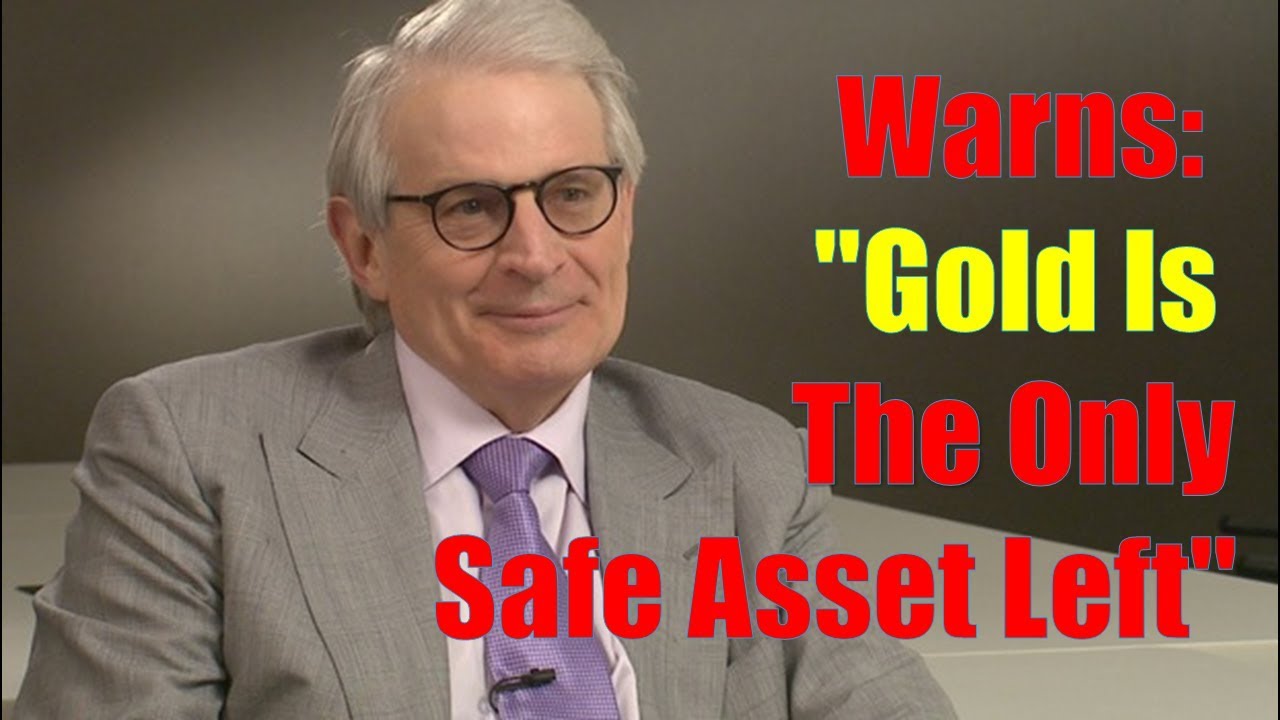
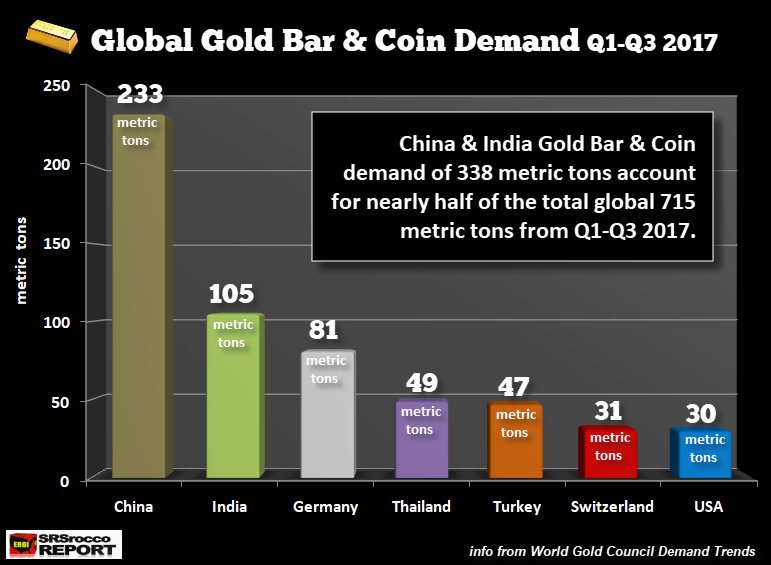
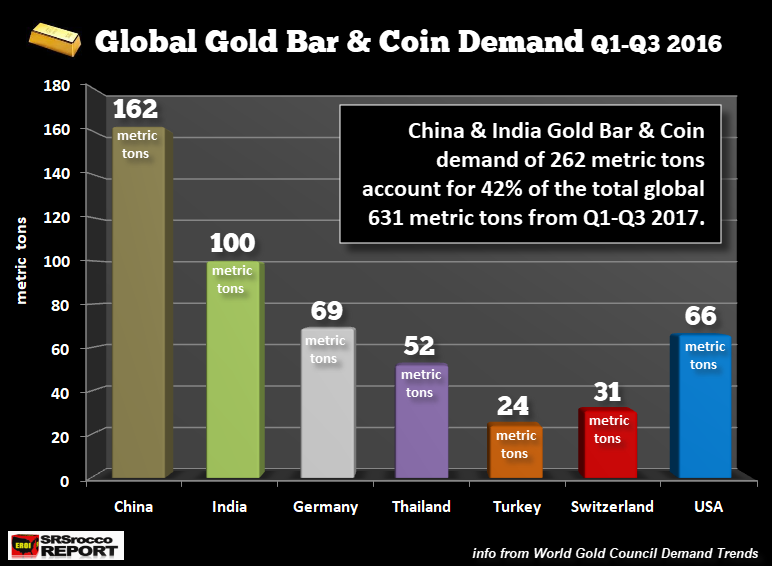

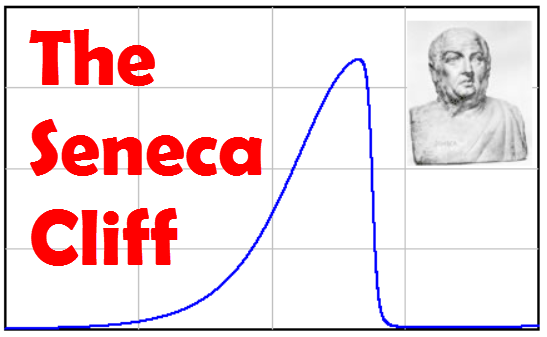 Before I get into my analysis and the reasons we are heading towards the
Before I get into my analysis and the reasons we are heading towards the 